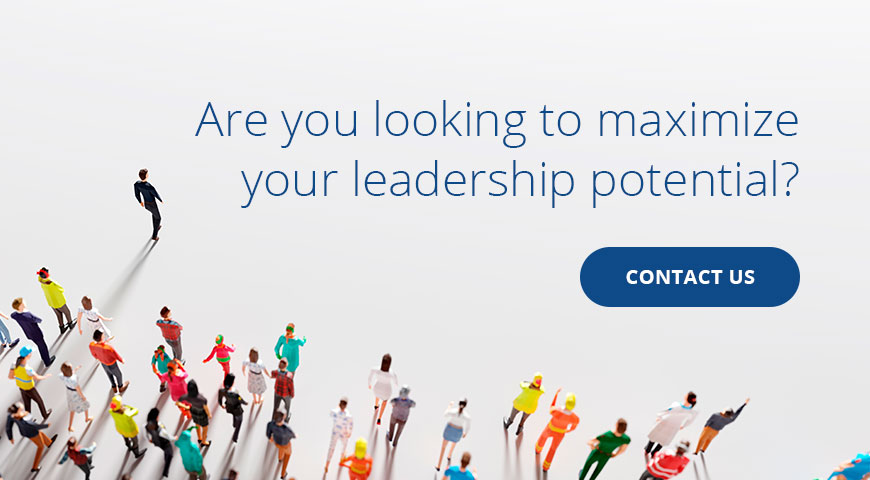What is talent optimization and how can you ensure you are optimizing the talent within your organization, and, most importantly, how can you ensure that you keep that talent?
It is vital to know how to identify, develop, and keep the best talent in your organization. Therefore, I have put together a 3-step process to help you do just that.
Step one: Identifying your organizational needs and assessing your current talent pool
This section will discuss the importance of identifying organizational needs and assessing your current talent pool.
To achieve a company’s goals, organizational needs must be met.
It is essential to identify these in order to assess your current talent pool. When determining the skills needed for a particular role, look at the organizational needs and the individual’s current skill set. If there is a skill set gap, there is an opportunity for training, hiring, or outsourcing.
It is helpful to use a human resource management framework to identify organizational needs. The framework assesses specific skills necessary for a role and helps you understand what the company needs. It also identifies gaps in skill sets that employees may not have to fulfill various roles.
The framework consists of five components:
- Core competencies: These skills make someone successful at the job (e.g., problem-solving, leadership, decision-making).
- Organizational Behavior: These skills help an individual work well within an organization (e.g., time management and conflict resolution).
- Teamwork Strategies: These skills help build and maintain effective teams (e.g., communication, negotiation).
- Leadership Skills: This is a set of skills that helps individuals lead others by developing them and driving them toward their goals (e.g., strategic thinking, teaching, and motivating).
- Collaboration Strategies: These are the necessary strategies for effective collaboration involving people with diverse skills, needs, abilities, and cultures (e.g., finding common ground).

Step two: Develop effective recruitment strategies
The recruitment strategy framework consists of four major components when it comes to recruitment, many aspects need to be considered.
- The organization’s mission and goals
- The organization’s culture, values, and personality
- The company’s current workforce
- The company’s future talent needs
An organization’s first step in a recruitment strategy is to determine its mission, values, and personality.
The next step is to look at the company’s current workforce. This will help a company figure out how many employees they currently have and what skills they need in their company. The final step involves looking into the needs of future new employees while considering the acquisitions made by other companies.
A CEO must clearly understand the future needs of employees and how those needs change over time. This knowledge helps them prepare needs promptly while minimizing any disruption or loss of productivity.
Step three: Keeping the right employees in your organization
An employee onboarding process is a set of programs, steps, and practices designed to help new employees become familiar with the company’s culture, systems, and operations.
Employee retention is a set of strategies managers use to keep their best employees in the company. You can keep your employees by offering competitive salaries, providing benefits that make work life easier, and offering opportunities for career growth. Employee engagement is a set of strategies managers use to get the most out of their employees.
There are four main ways to do this:
- provide meaningful work
- create an environment where people can do what they do best
- encourage risk-taking
- provide opportunities for advancement.
Provide meaningful work. This strategy is a way for managers to make the work their employees do feel more valuable. Managers can provide feedback about their employees’ work and give guidance on how to do it more effectively.

They can also share tips, techniques, and knowledge from other people in the organization who have experience with similar tasks or expertise. One way this would be done is for one employee to share what he has learned about fixing a particular glitch, which other employees can use as they see fit. A manager may also be able to provide support by walking employees through the procedure in their minds from start to finish.
For example, how would you feel about going to work this morning knowing that you did everything possible to avoid getting another assignment? Forgoing input from others and drowning out your thoughts, finding it hard to concentrate on anything else for the whole day. The answer to this question is, “I feel like I would be happy because I didn’t do anything more than my job requires me to.”
If you feel this way, doing only the minimum, your career will not be very fulfilling. Those who enjoy their careers; feel like they are making a contribution and also feel like they are growing.
Are you ready to really optimize the talent in your organization? Don’t wait, schedule a call or visit my website to get started.


